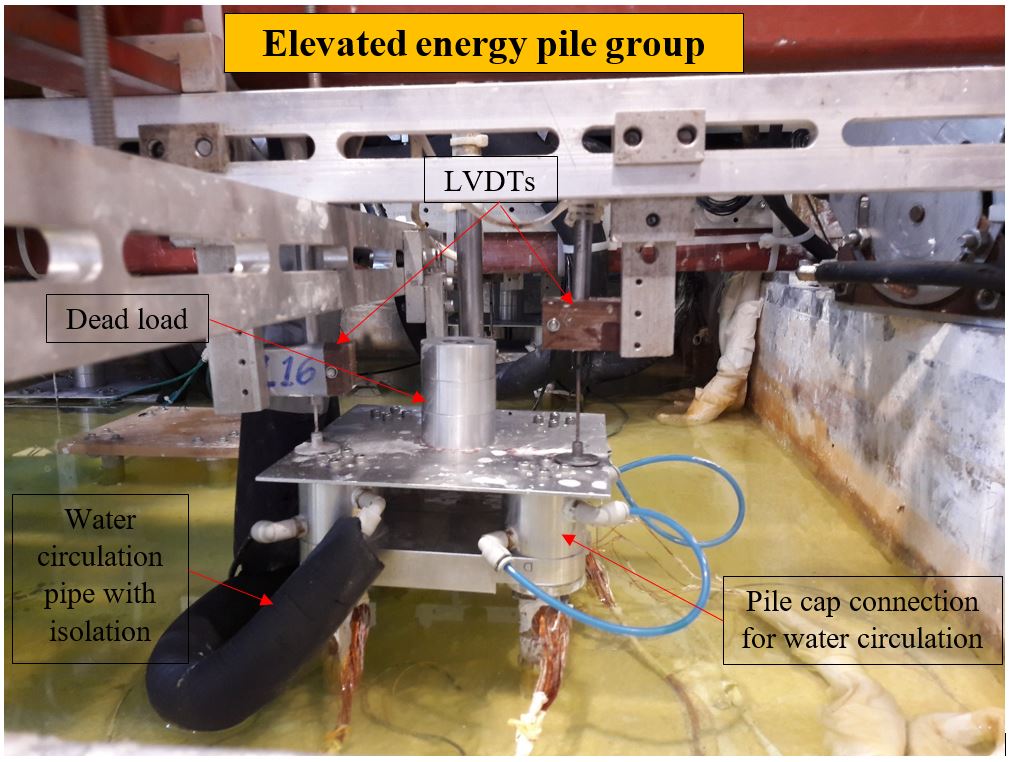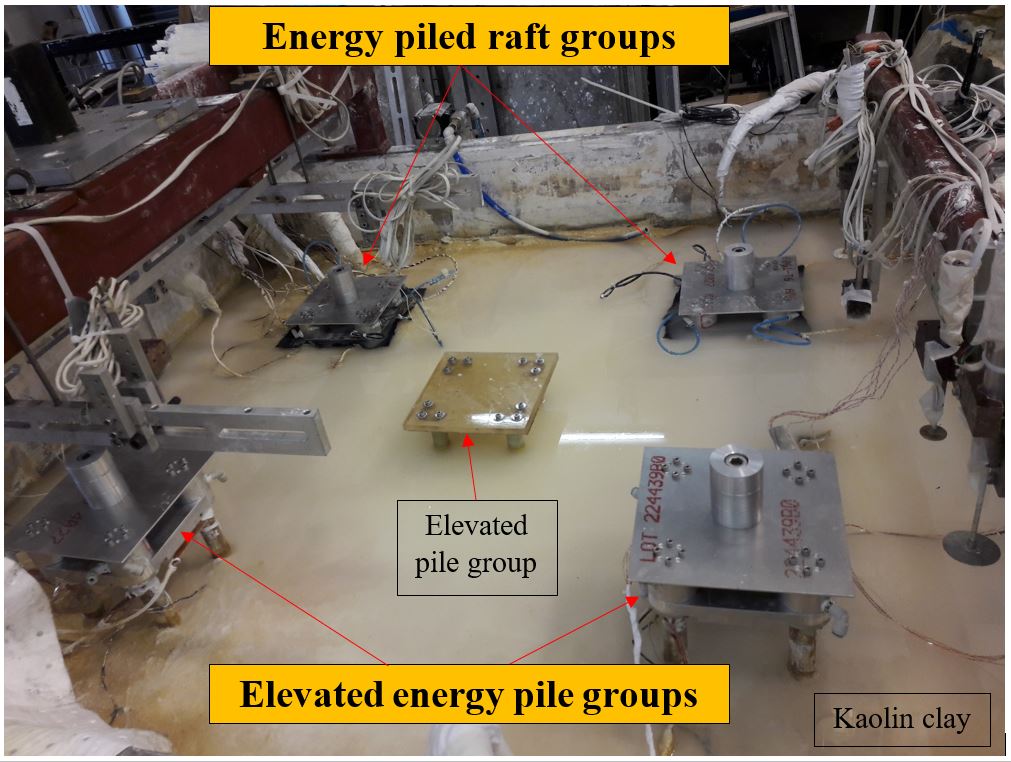Projects for Geo-Energy Engineering
Yuhong WANG
Research topic: Behaviour of the energy diaphragm wall in clay

In recent decades, the problem of climate change has received much attention pursuing new kinds of renewable, environmentally friendly resources to fulfil future energy demands. Energy diaphragm walls are closed-loop ground source heat pump systems with long-term economic benefits and great potential in energy efficiency. My research aims to build centrifuge models of energy diaphragm walls in sand and clay to establish the ultimate and serviceability limit states designs of energy diaphragm walls subjected to different modes of thermal operations. This research aims to establish comprehensive study of the thermo-mechanical behaviours of the energy diaphragm walls and provide a design standard for future engineering applications.
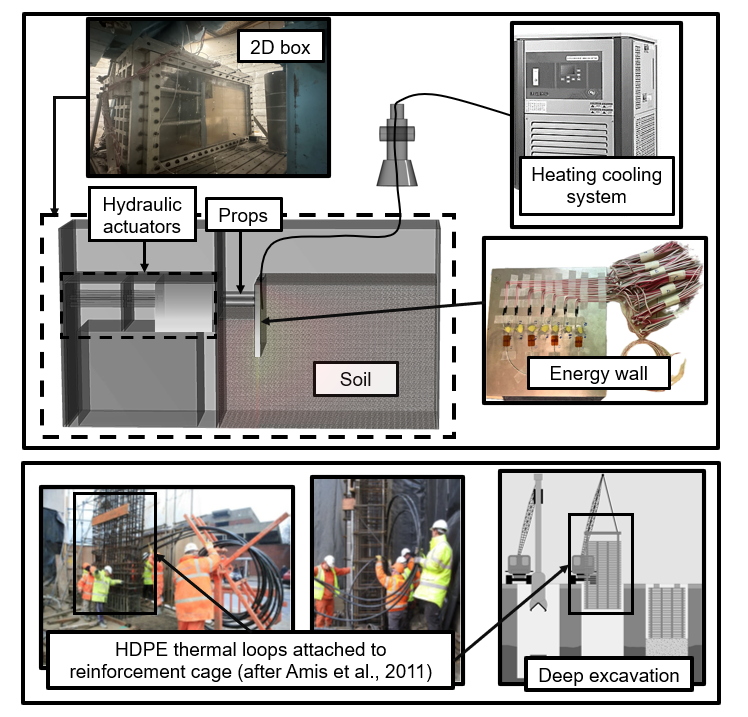
Yeung Ho LAM
Research topic: Behaviour of energy diaphragm wall in sand
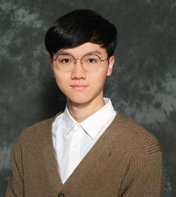
Energy geo-structures have been studied, developed, and applied for some decades, which were proved to be an effective application to reduce energy consumption in heating and cooling demand. However, in tropical region like Hong Kong, there is an imbalanced thermal comfort demand. Energy geostructures receive extraordinary thermal load under tropical climate conditions. My research aims to construct scaled model ofenergy wall in saturated sand and study the soil-structure interactions using the centrifuge in HKUST. This research helps understand the energy geostructure’s serviceability in region with thermal imbalance, thus, develops design criteria of energy geostrucutre in tropical regions.
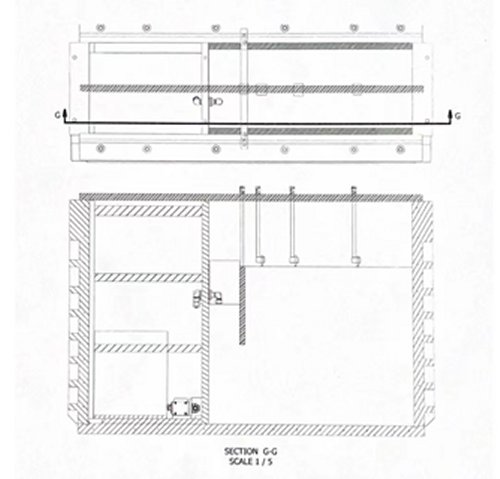
Qi KUAI
Research topic: Behaviour of energy tunnel in clay
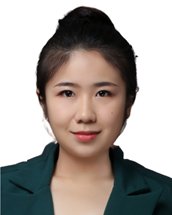 Energy tunnels hold significant potential in addressing climate challenges by harnessing geothermal energy to minimize electricity consumption. However, their widespread implementation is still hindered by concerns regarding long-term operational safety. The objective of my research is to conduct advanced physical modelling of energy tunnels using a geotechnical centrifuge and an in-flight heating-cooling system. By subjecting energy tunnels to cycles of heating and cooling, the response of the tunnels and the surrounding soils can be observed. These data will provide valuable insights into the influence of key factors on tunnel performance, which can be further analysed using the finite element method to enhance our understanding of the interaction between soil and energy tunnels. The findings from this research will have practical implications for future engineering design, offering valuable insights for optimizing the performance and safety of energy tunnels.
Energy tunnels hold significant potential in addressing climate challenges by harnessing geothermal energy to minimize electricity consumption. However, their widespread implementation is still hindered by concerns regarding long-term operational safety. The objective of my research is to conduct advanced physical modelling of energy tunnels using a geotechnical centrifuge and an in-flight heating-cooling system. By subjecting energy tunnels to cycles of heating and cooling, the response of the tunnels and the surrounding soils can be observed. These data will provide valuable insights into the influence of key factors on tunnel performance, which can be further analysed using the finite element method to enhance our understanding of the interaction between soil and energy tunnels. The findings from this research will have practical implications for future engineering design, offering valuable insights for optimizing the performance and safety of energy tunnels.
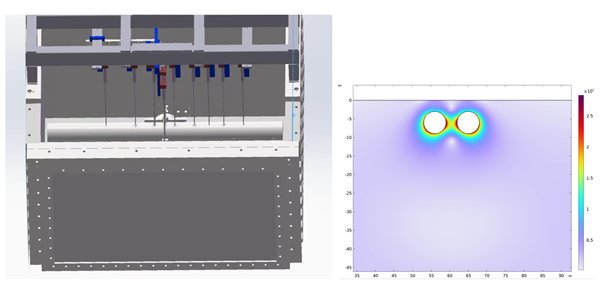
Alireza FARIVAR
Research topic: Centrifuge modelling of a floating elevated energy pile group subjected to non-symmetric thermal cycles in soft clay
I am currently a 3rd-year PhD candidate who is supervised by Prof C.W.W. Ng on the study of energy pile group. Using energy foundations below structures is an effective approach to reduce the energy consumption in recent years. There is not still clear understanding of heating effects on the soil-structure interaction. So, the geotechnical centrifuge modeling is used to investigate the thermomechanical behaviour of energy pile groups. The cyclic heating/cooling in the energy pile group induces excess pore water pressure changes in the surrounding soil within which influence effective stress. Moreover, the temperature changes affect lateral earth pressure conditions on pile-soil interface due to radial thermal deformations in pile, as well as thermal volume changes in soil. These thermally induced phenomena cause cyclic changes in the soil stress and the pile capacity. The consequent plastic strain in the soil causes accumulative irreversible pile settlement. To investigate the problem, the heating/cooling system developed in HKUST is used for centrifuge modelling of energy piles.
Sina BAGHBANREZVAN
Research topic: Wellbore-sediment interaction during gas production from hydrate bearing sediments
 I am from Iran and admitted as a PhD student at HKUST in 2015. Methane hydrates are the most commonly occurring gas hydrates and are typically found in permafrost and marine soil sediments in areas such as Canada, the South China Sea, the Nankai Trough in Japan and the Korean East Sea. Their natural abundance makes them a potential source of energy for the future. The objective of my research is to evaluate the response of methane hydrate bearing sediments in terms of gas and water flow rates and wellbore stability during hydrate dissociation. To achieve this objective, I have developed and built a new energy harvest chamber which can simulate relatively high pressure (up to 14 MPa) and low temperature (2 - 3 °C) environment for hydrate stability.
I am from Iran and admitted as a PhD student at HKUST in 2015. Methane hydrates are the most commonly occurring gas hydrates and are typically found in permafrost and marine soil sediments in areas such as Canada, the South China Sea, the Nankai Trough in Japan and the Korean East Sea. Their natural abundance makes them a potential source of energy for the future. The objective of my research is to evaluate the response of methane hydrate bearing sediments in terms of gas and water flow rates and wellbore stability during hydrate dissociation. To achieve this objective, I have developed and built a new energy harvest chamber which can simulate relatively high pressure (up to 14 MPa) and low temperature (2 - 3 °C) environment for hydrate stability.
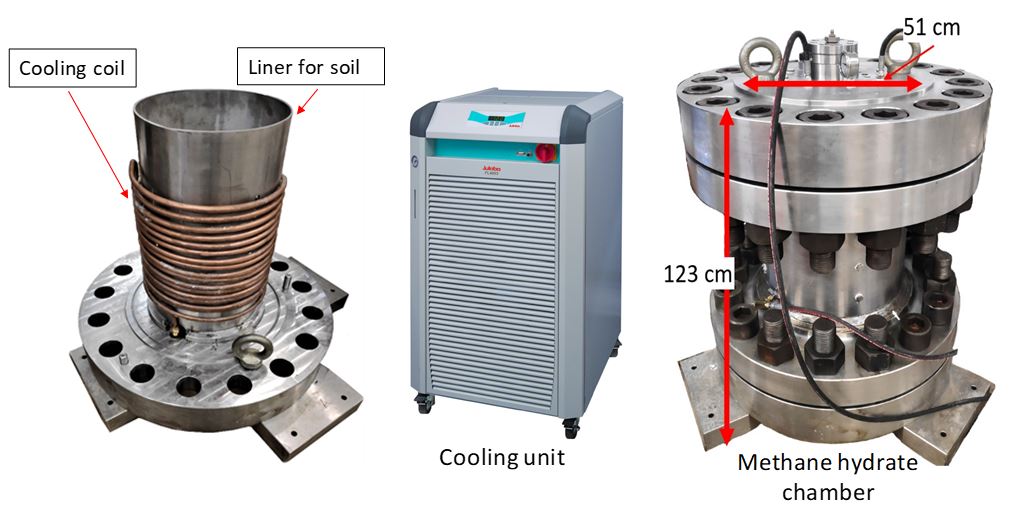
Sherif Mohsen GOMMA
Research topic: Centrifuge modelling of energy piled-raft subjected to non-symmetric thermal cycles in clay
I, was born and raised in Egypt, obtained his B.Sc and M.Sc in civil engineering at Mansoura University, Egypt. He works as an assistant lecturer at the faculty of engineering, Mansoura University. I am currently in the third year of his PhD in geotechnical engineering at HKUST. In his dissertation, he focuses on the performance of energy piled-raft subjected to non-symmetrical thermal cycles in clay using centrifuge and numerical modelling. I am interested in how the presence of adjacent energy piles affects the serviceability of piled foundations. During his research, he is using the heating and cooling system developed in HKUST to control the cyclic temperature change in energy piles in a centrifuge. Hopefully, my findings will lead to more sustainable and cost-effective designs. Joining the research environment in geotechnical centrifuge facility at HKUST is a good opportunity for me to meet so many bright minds.
